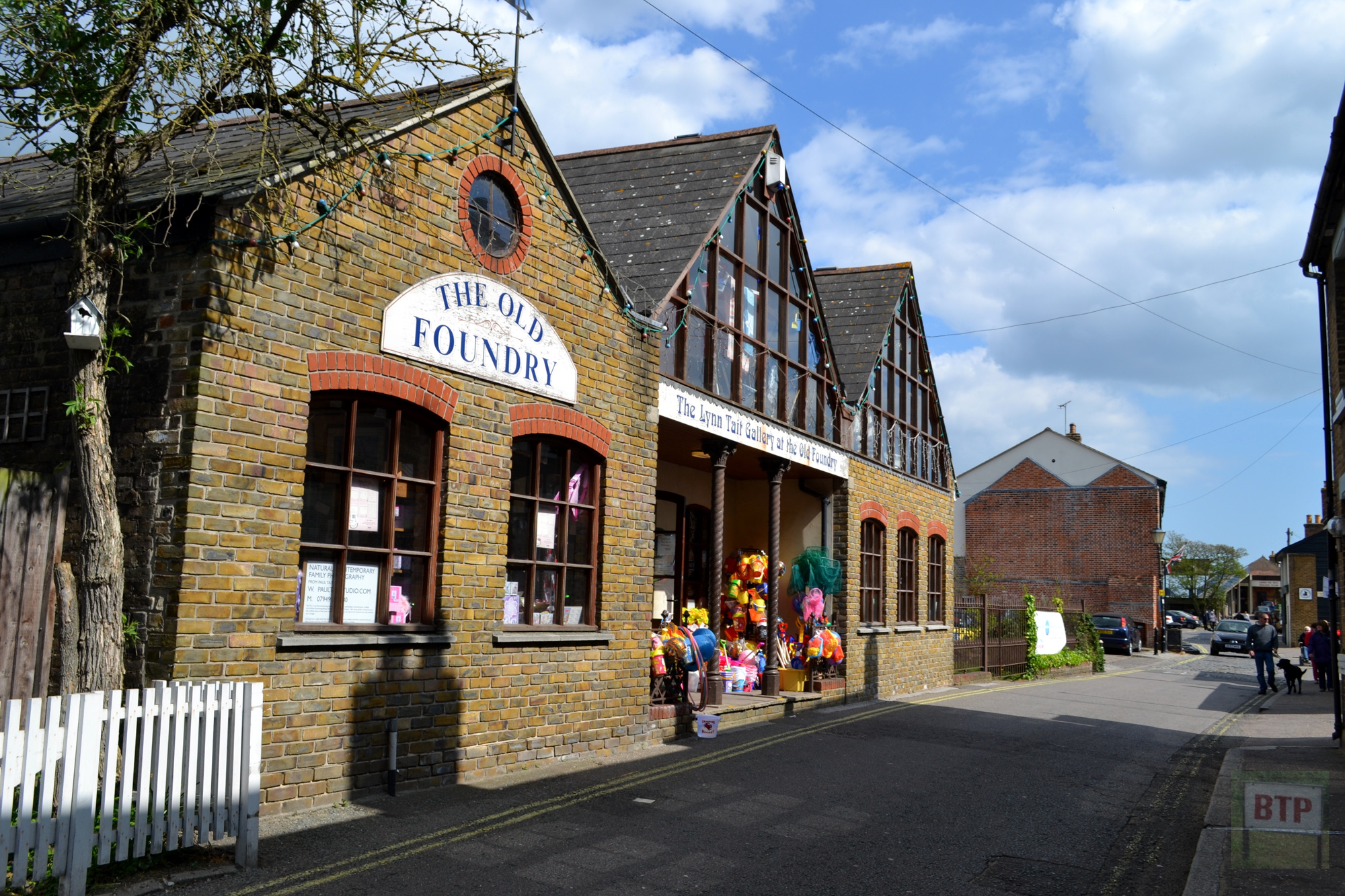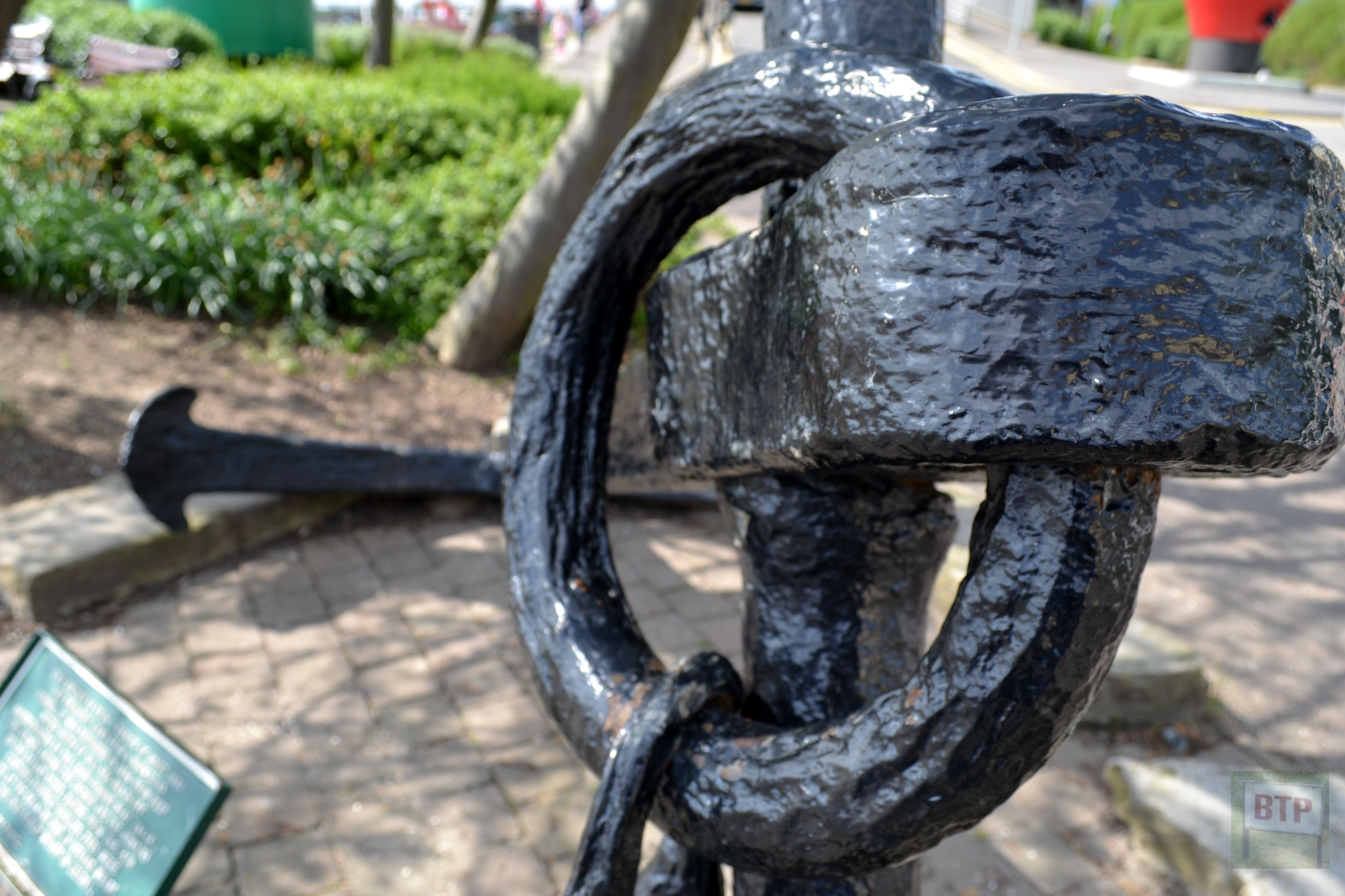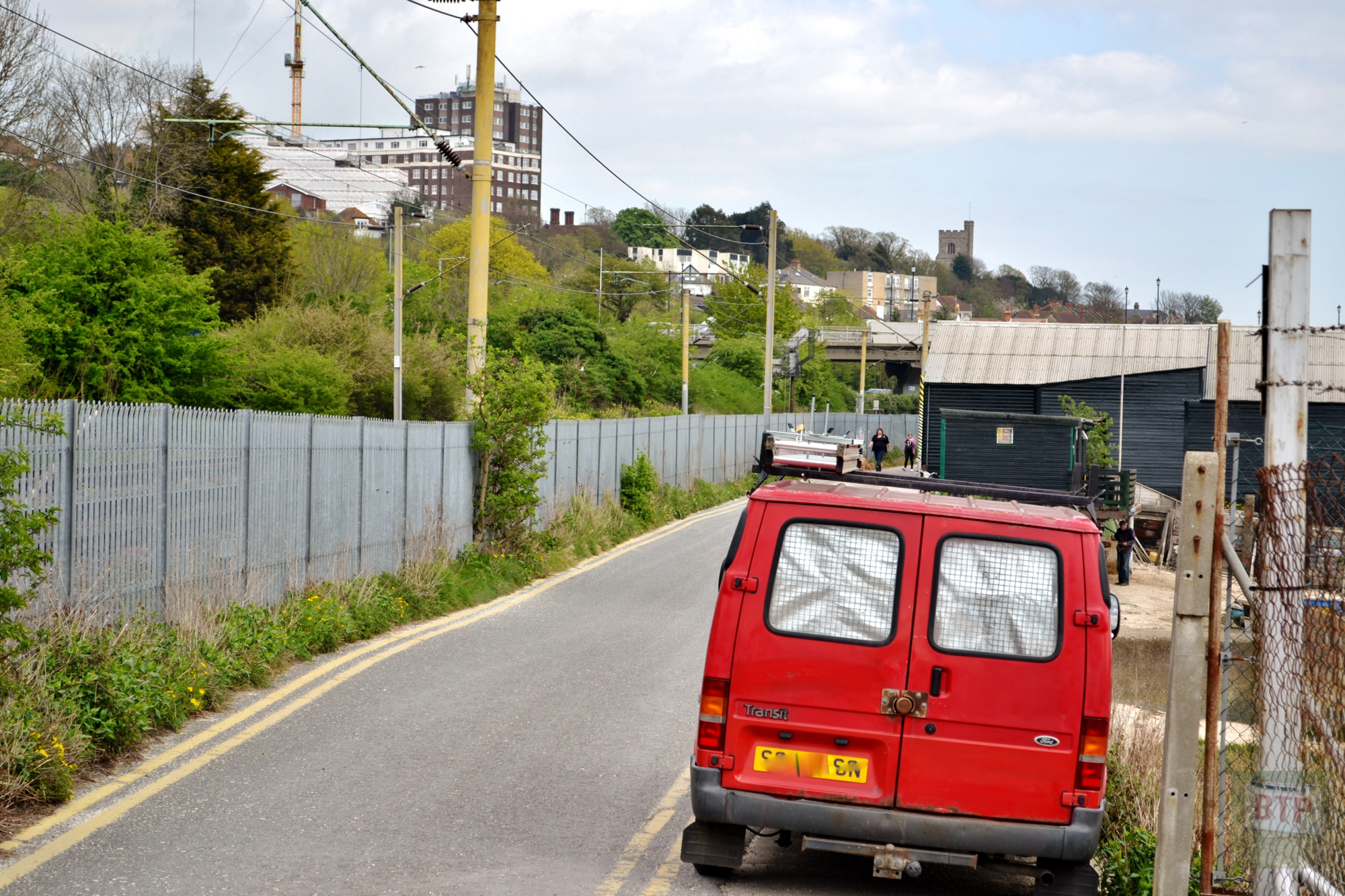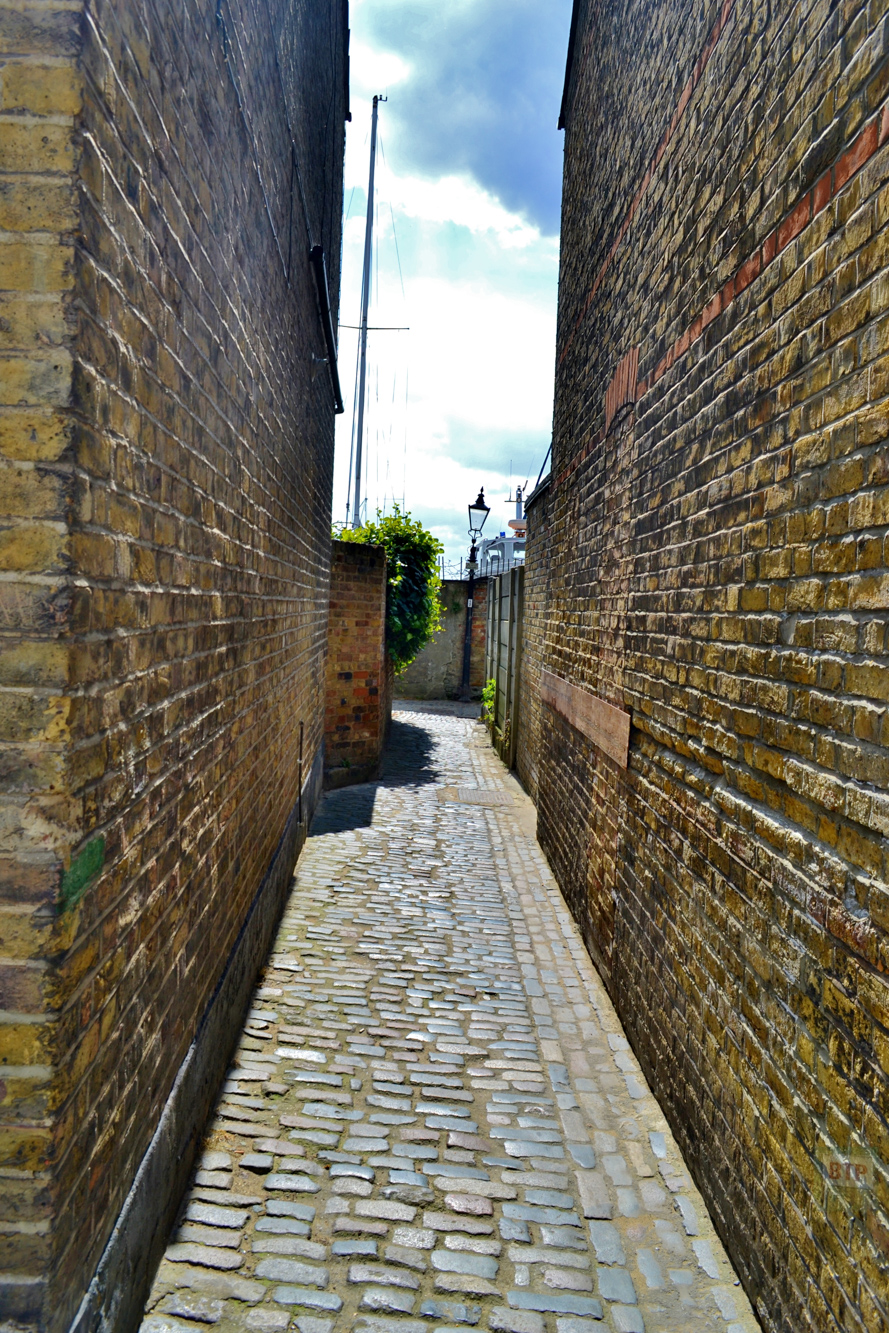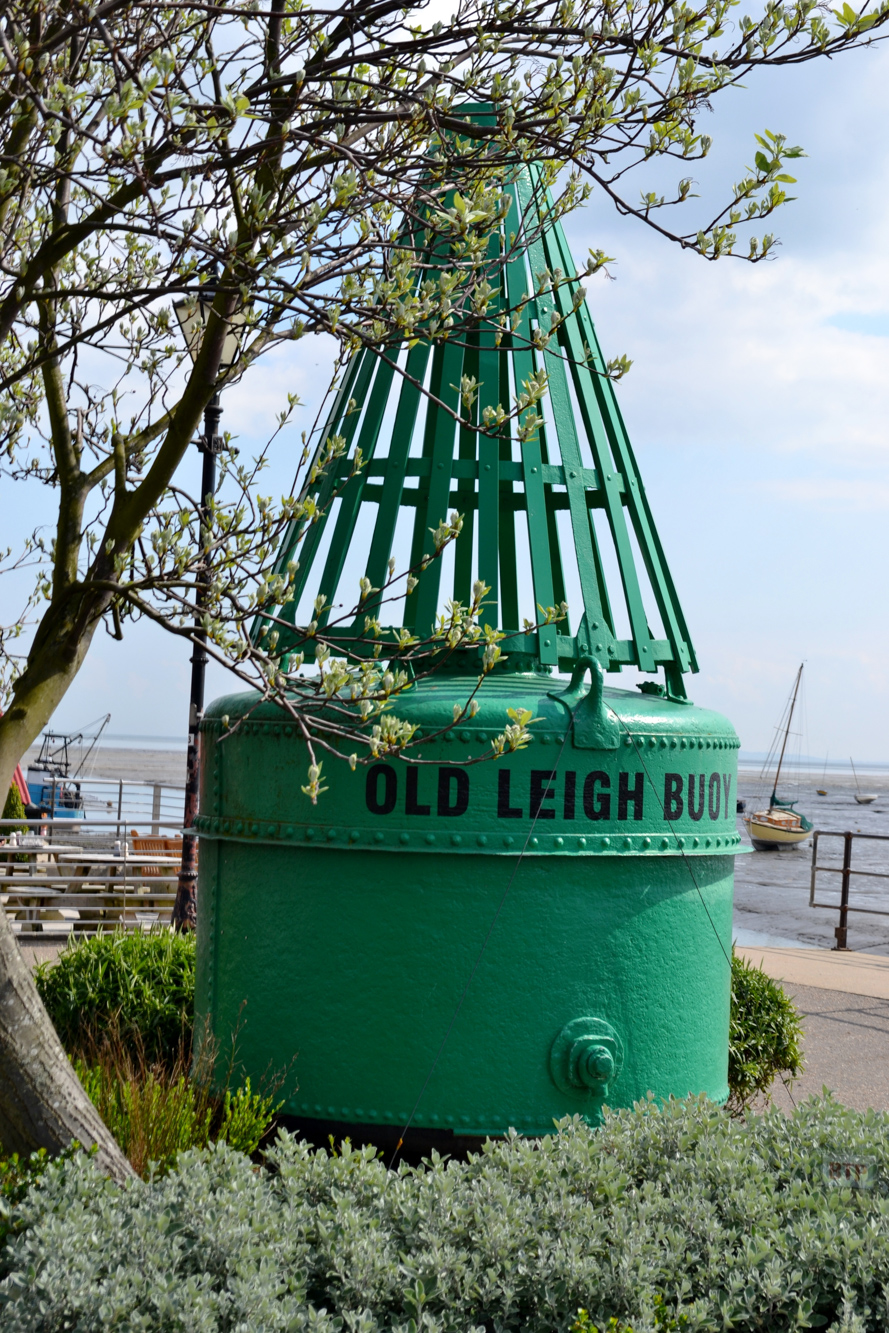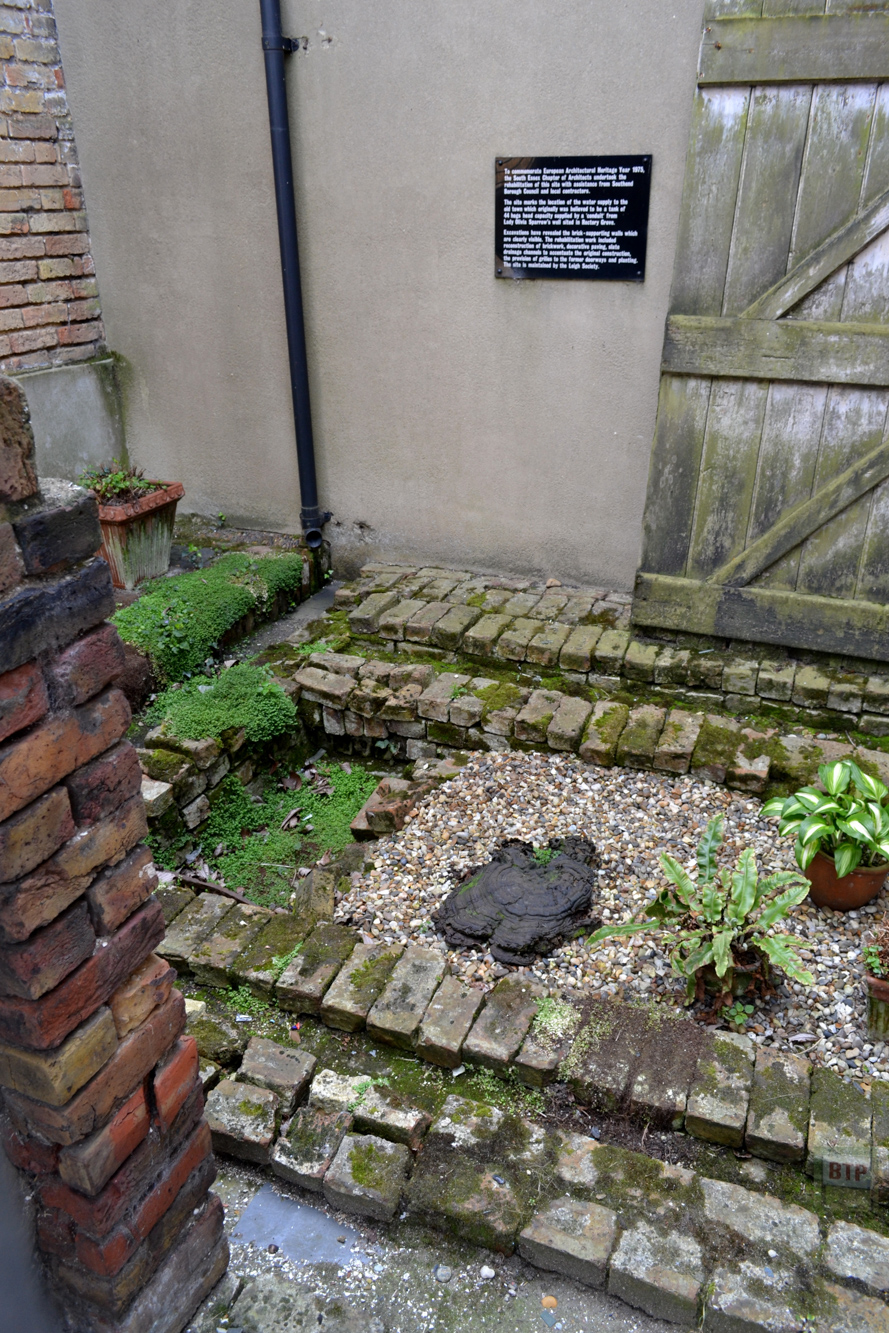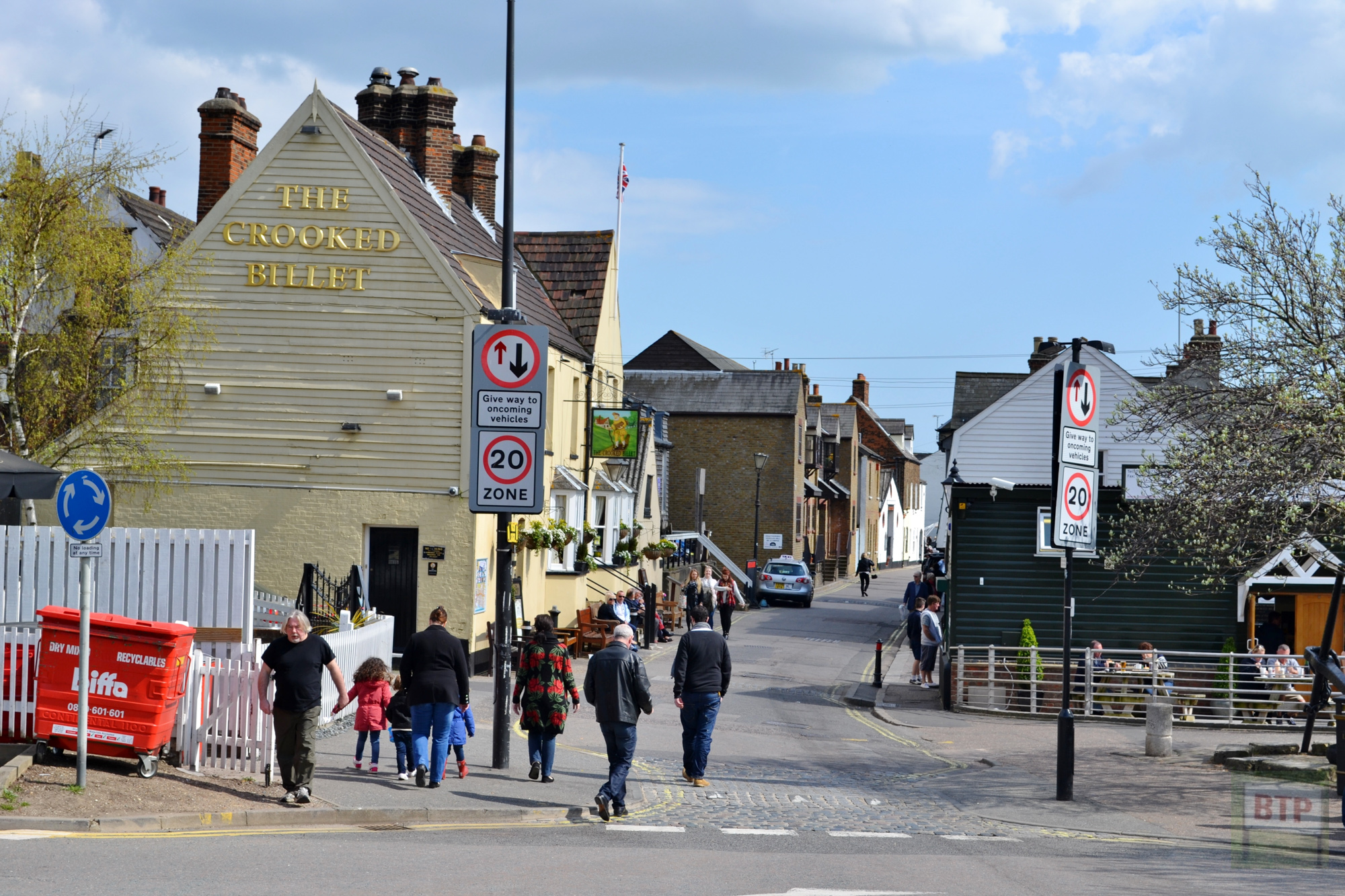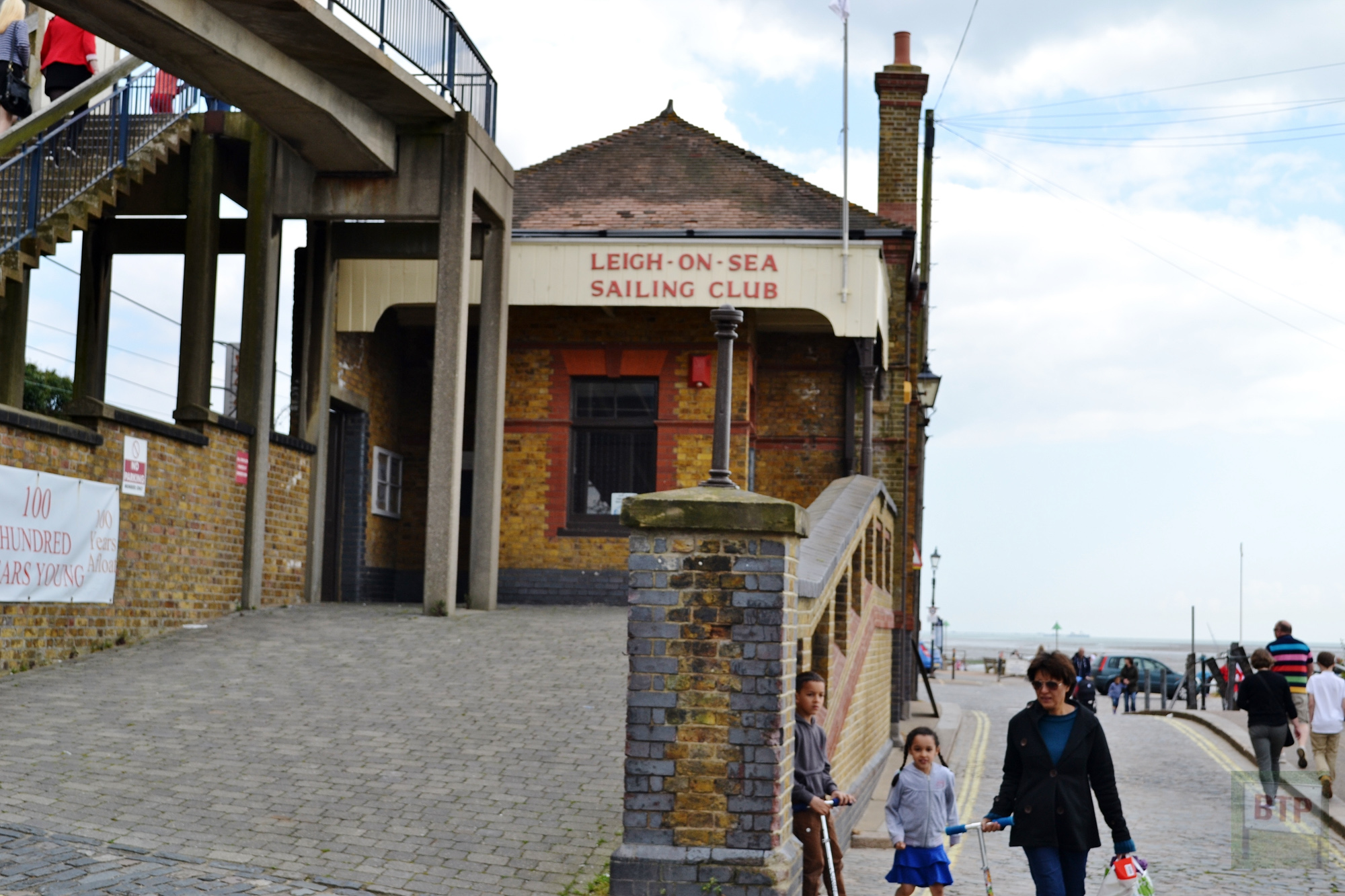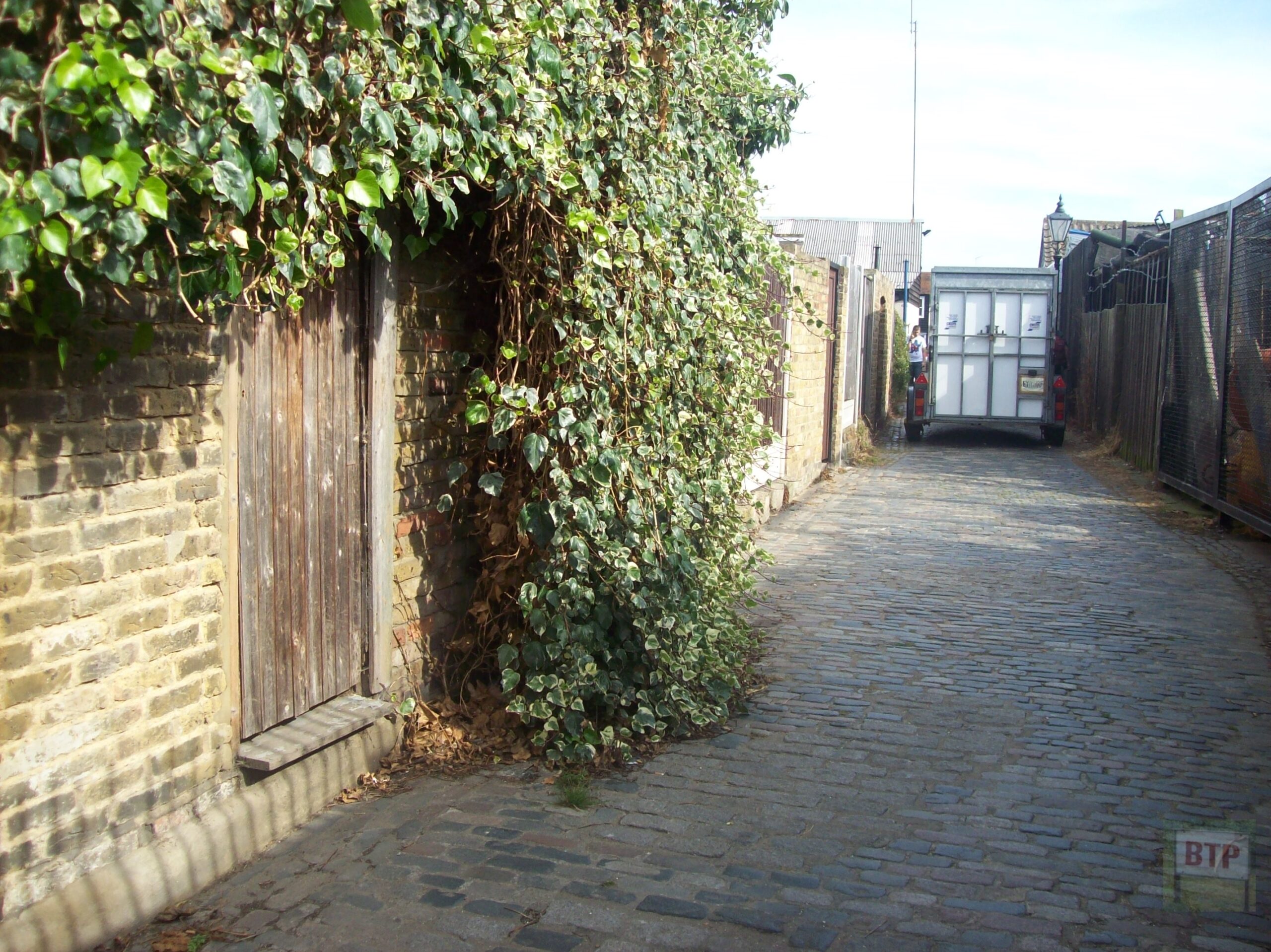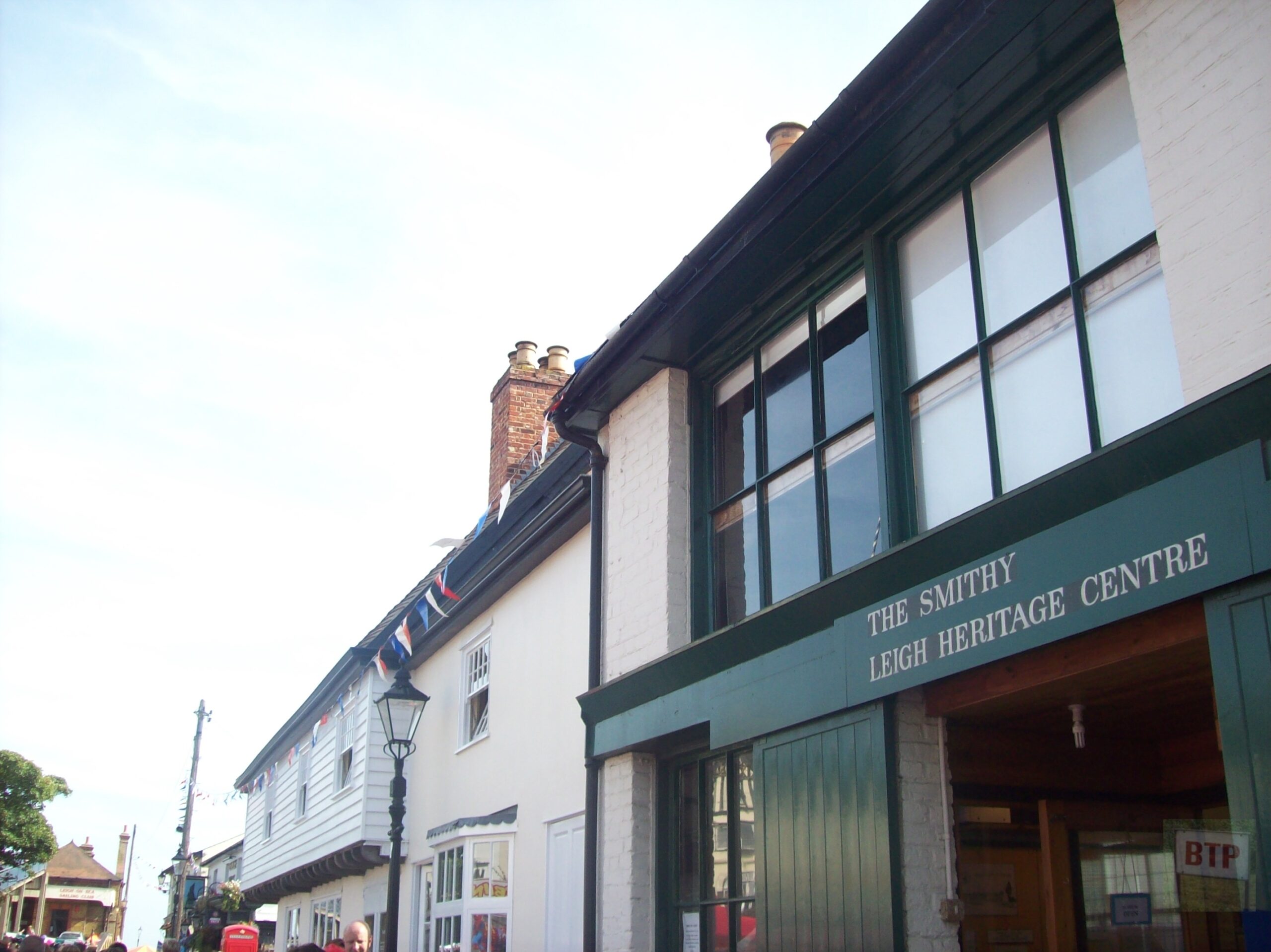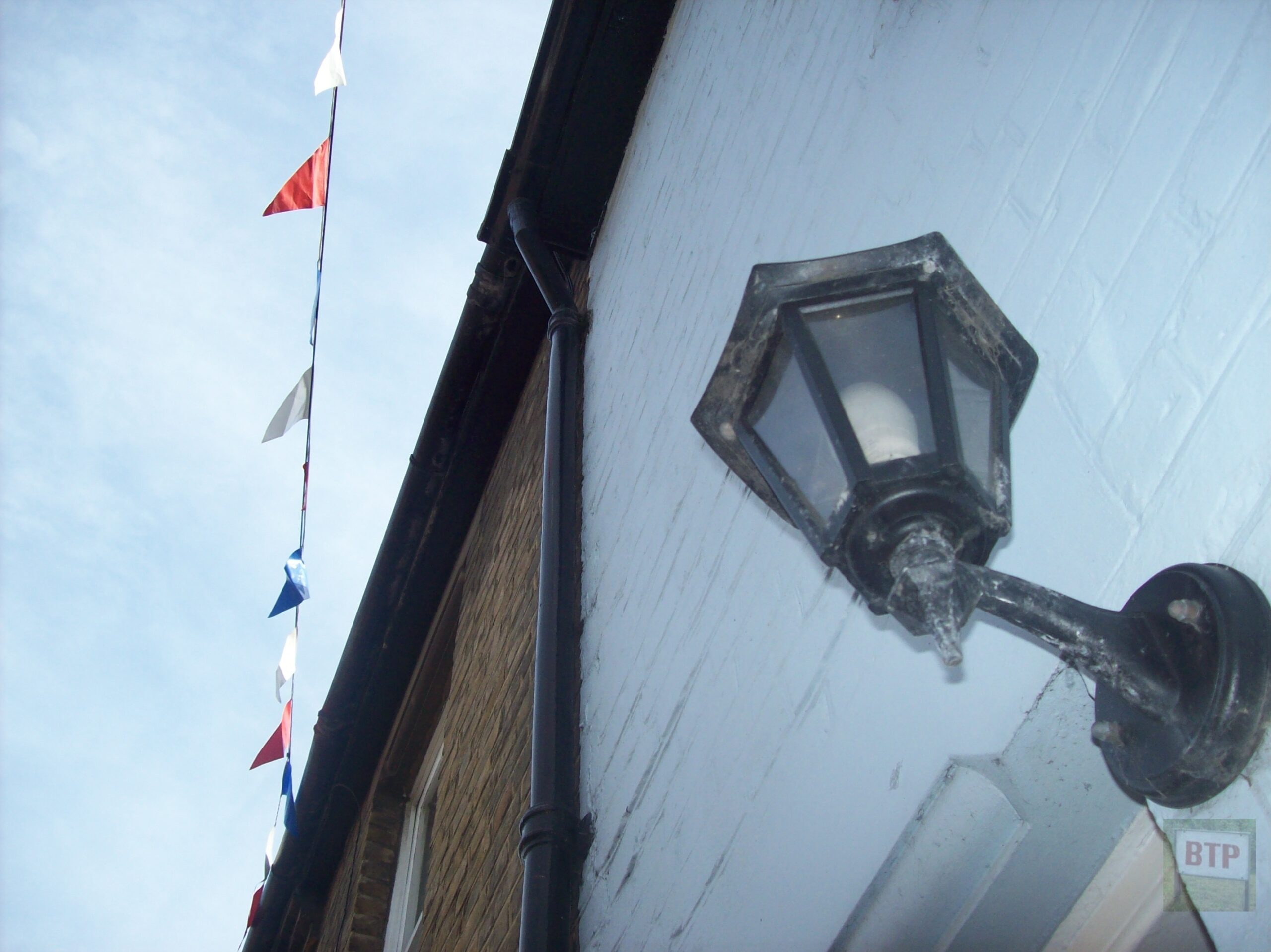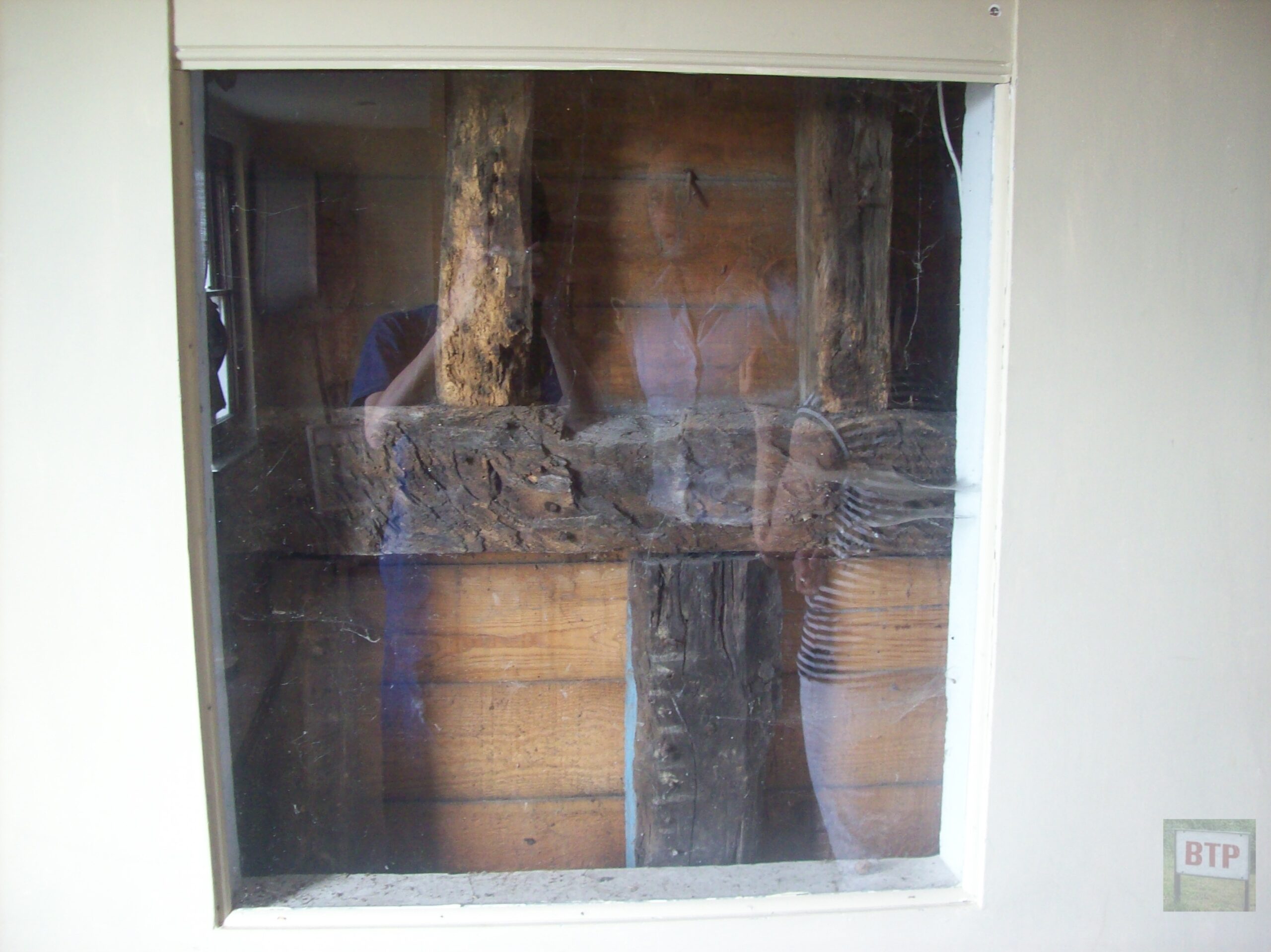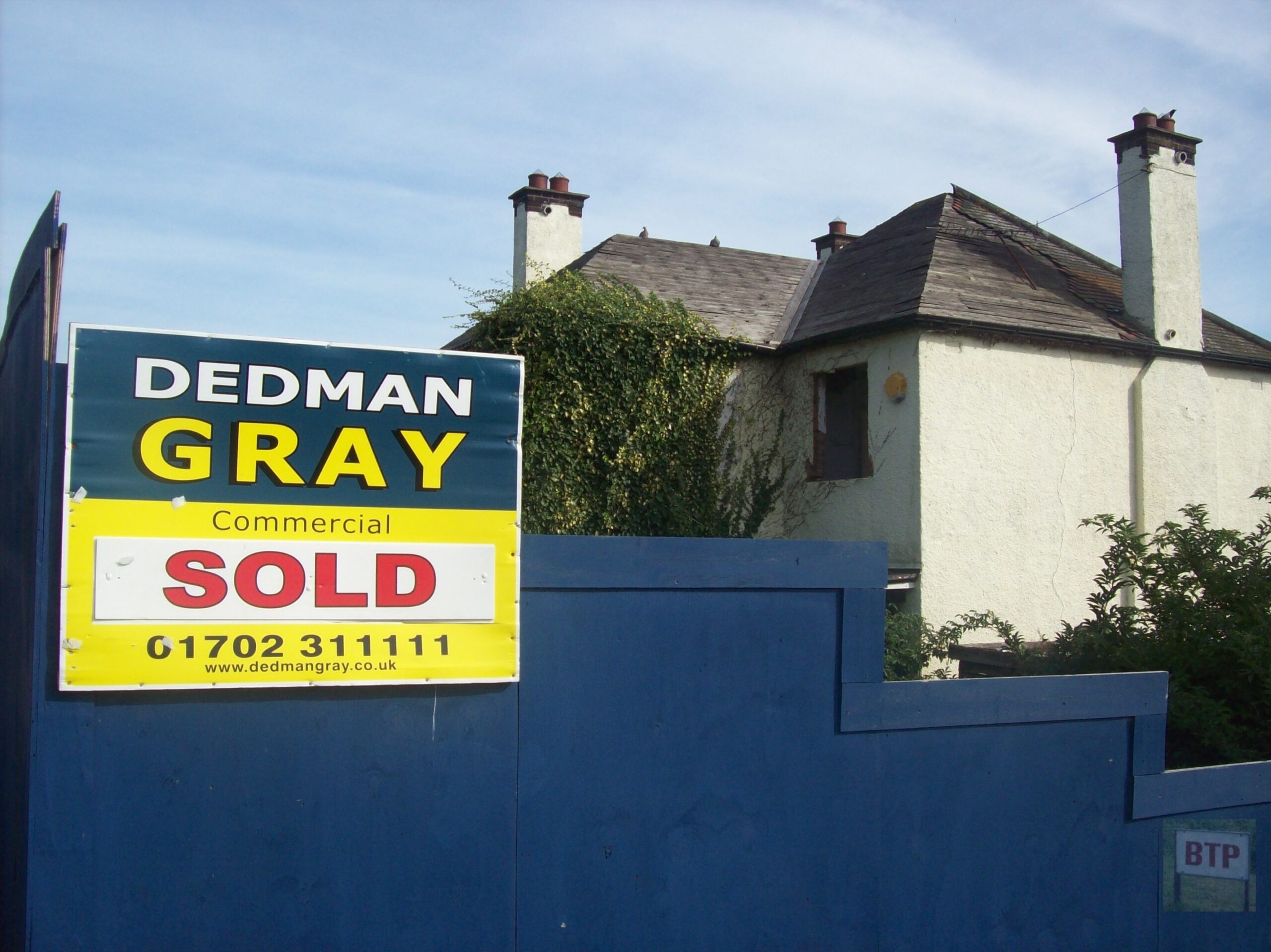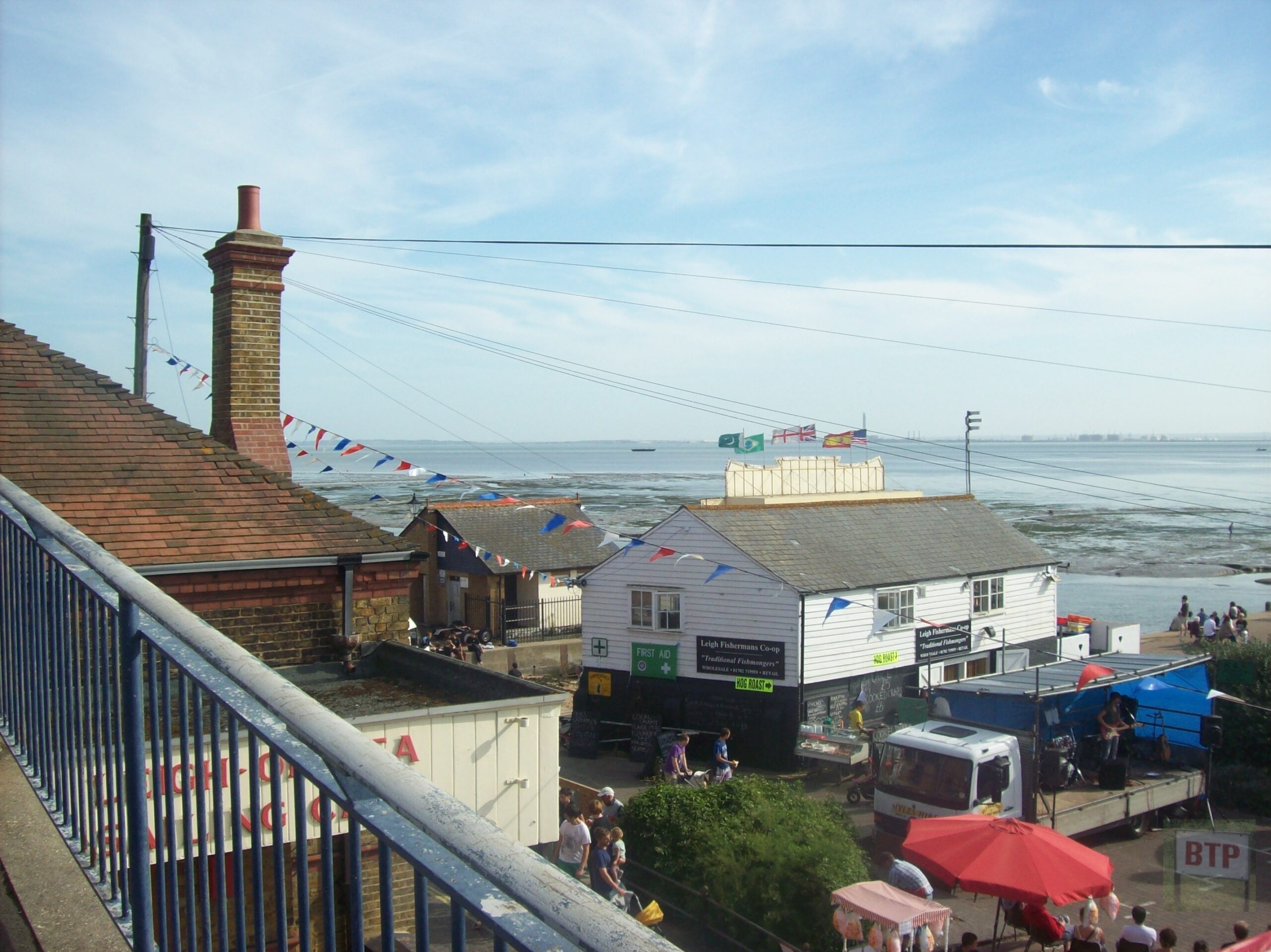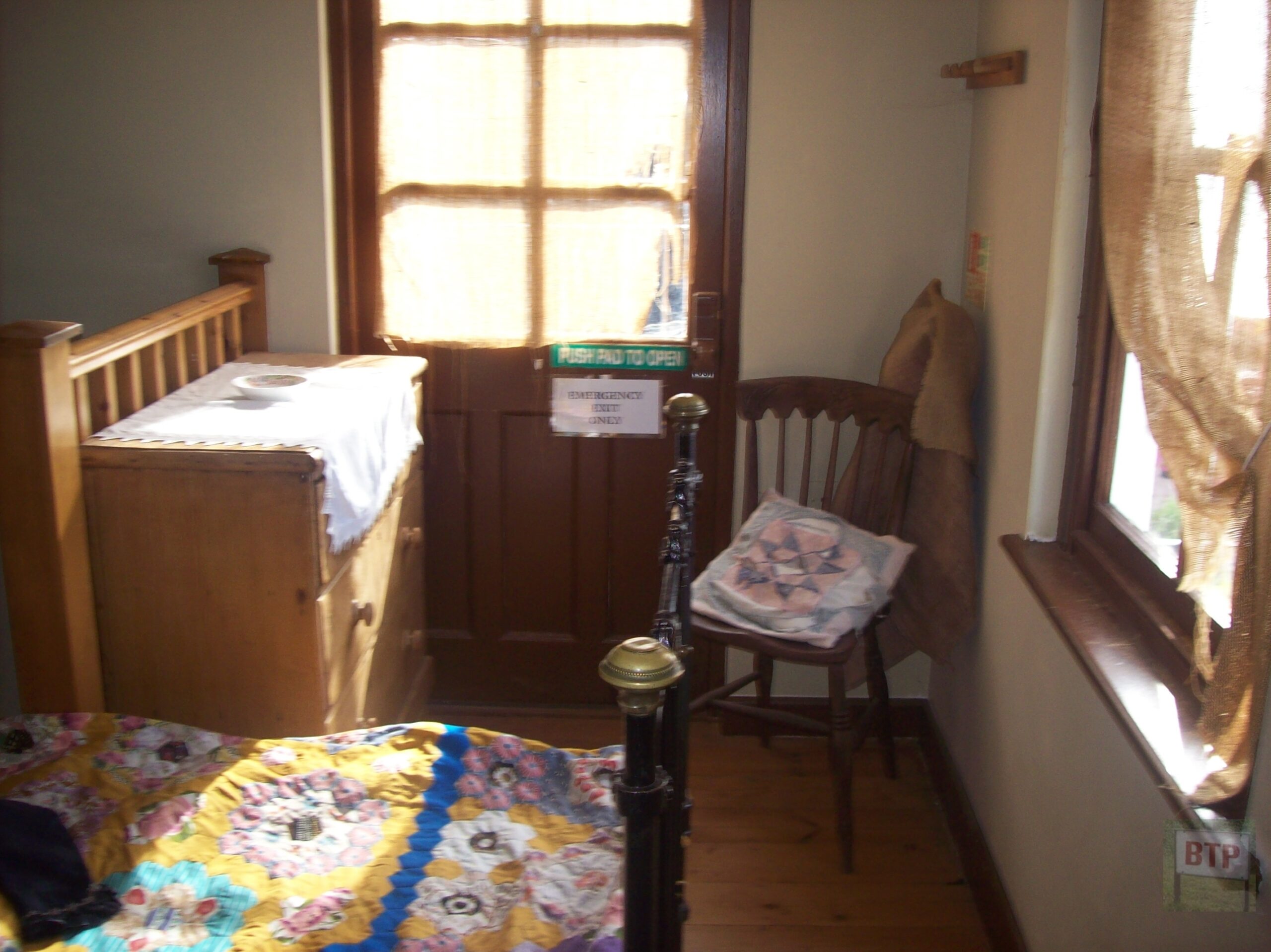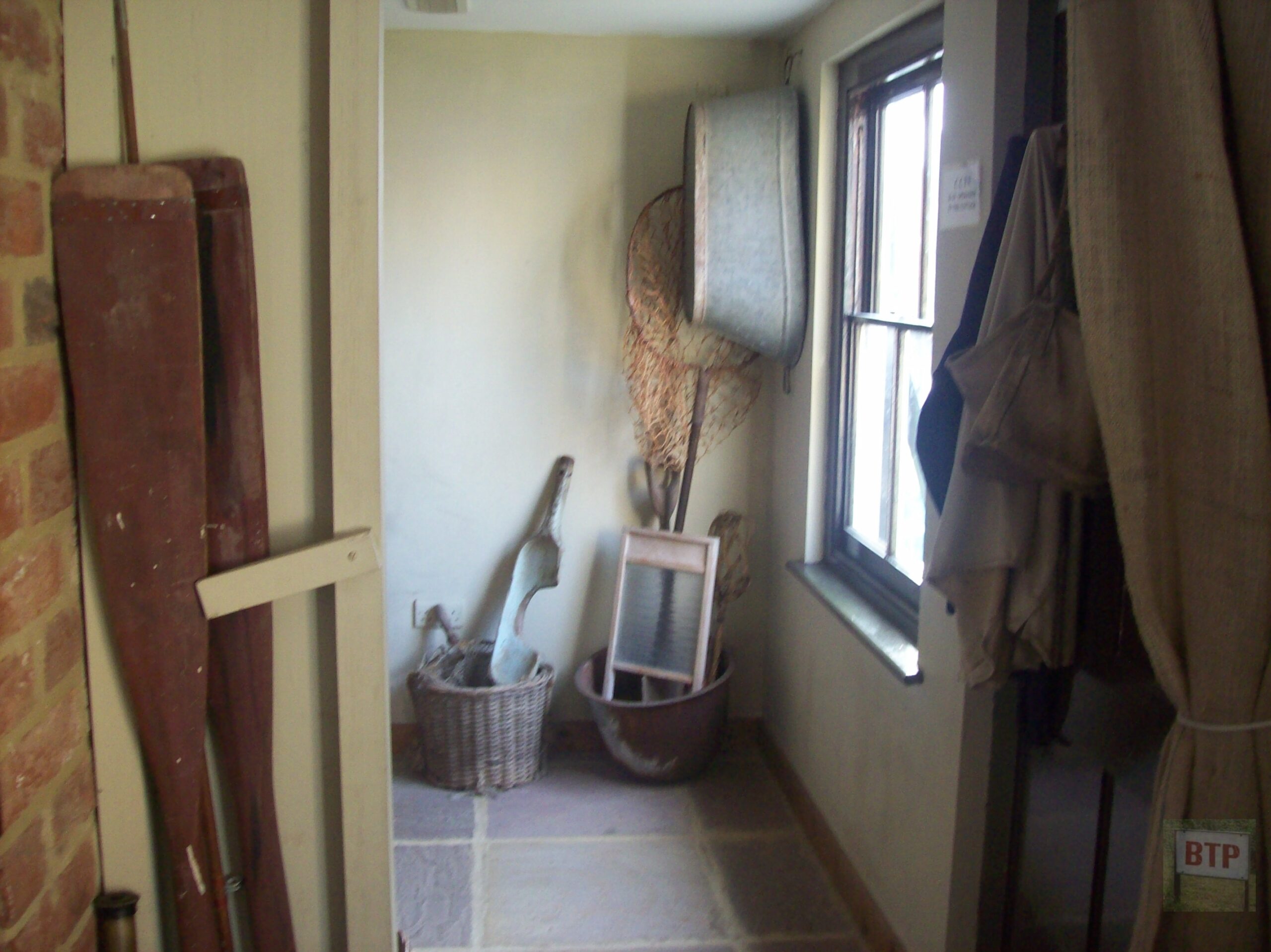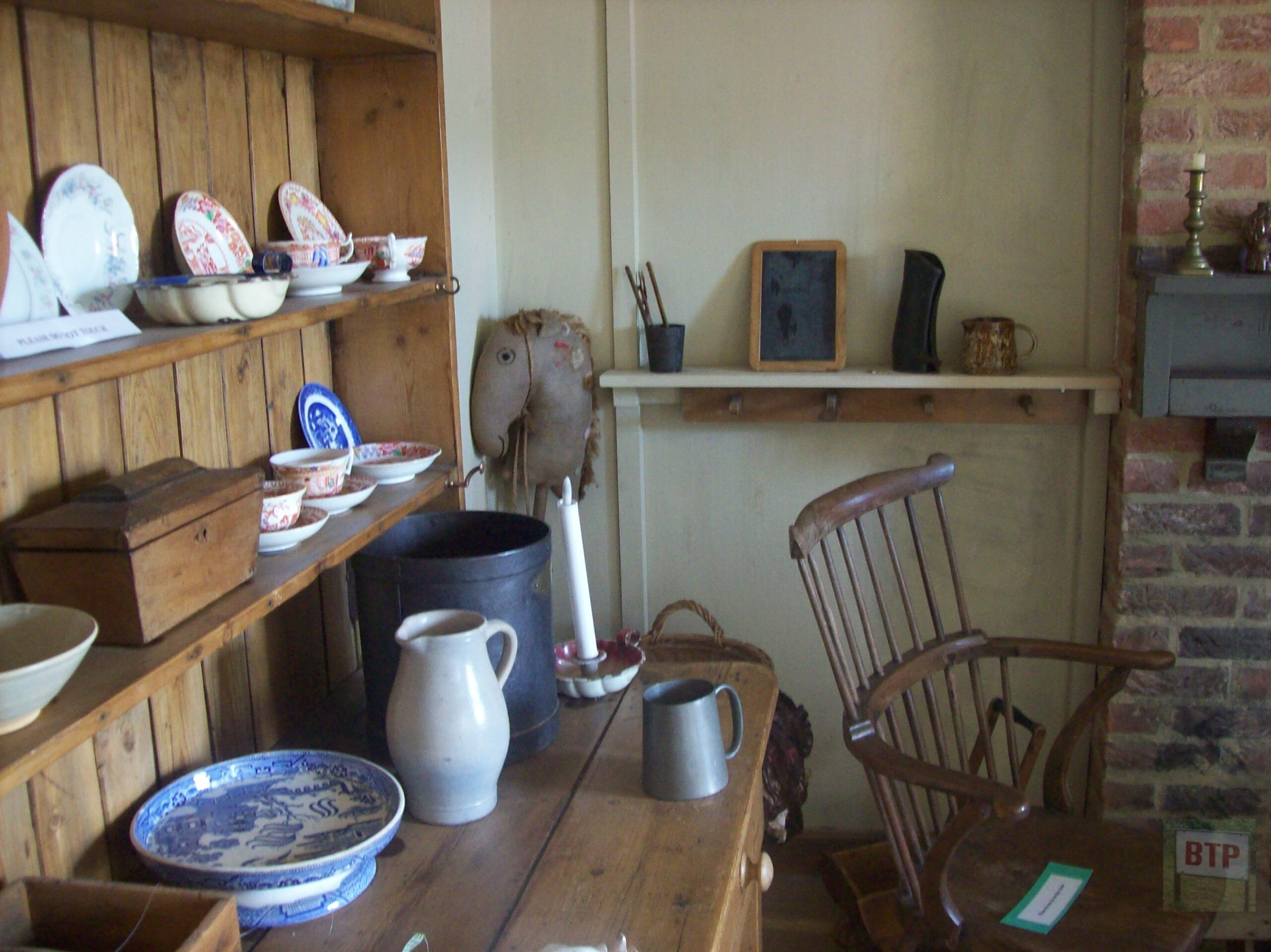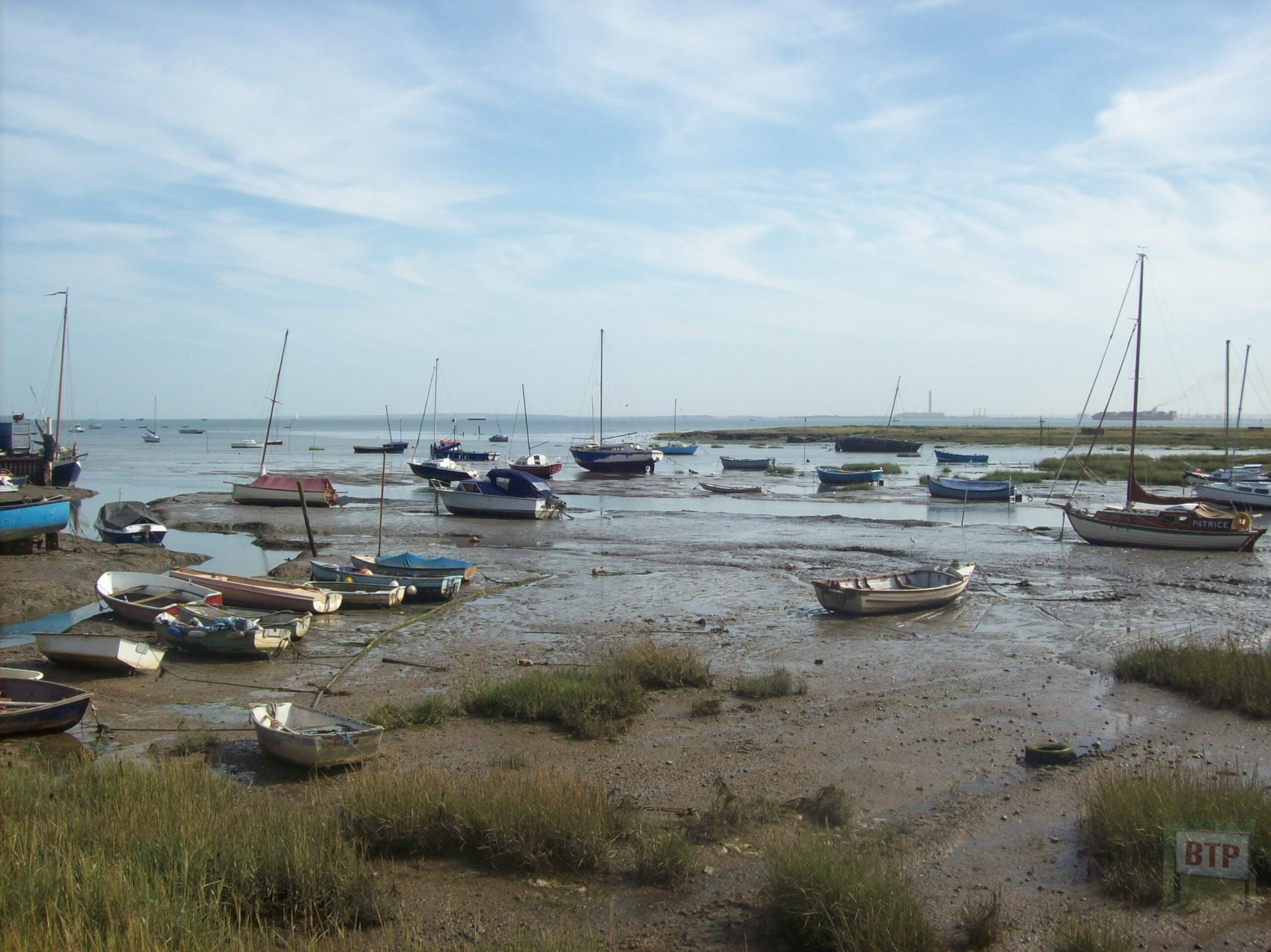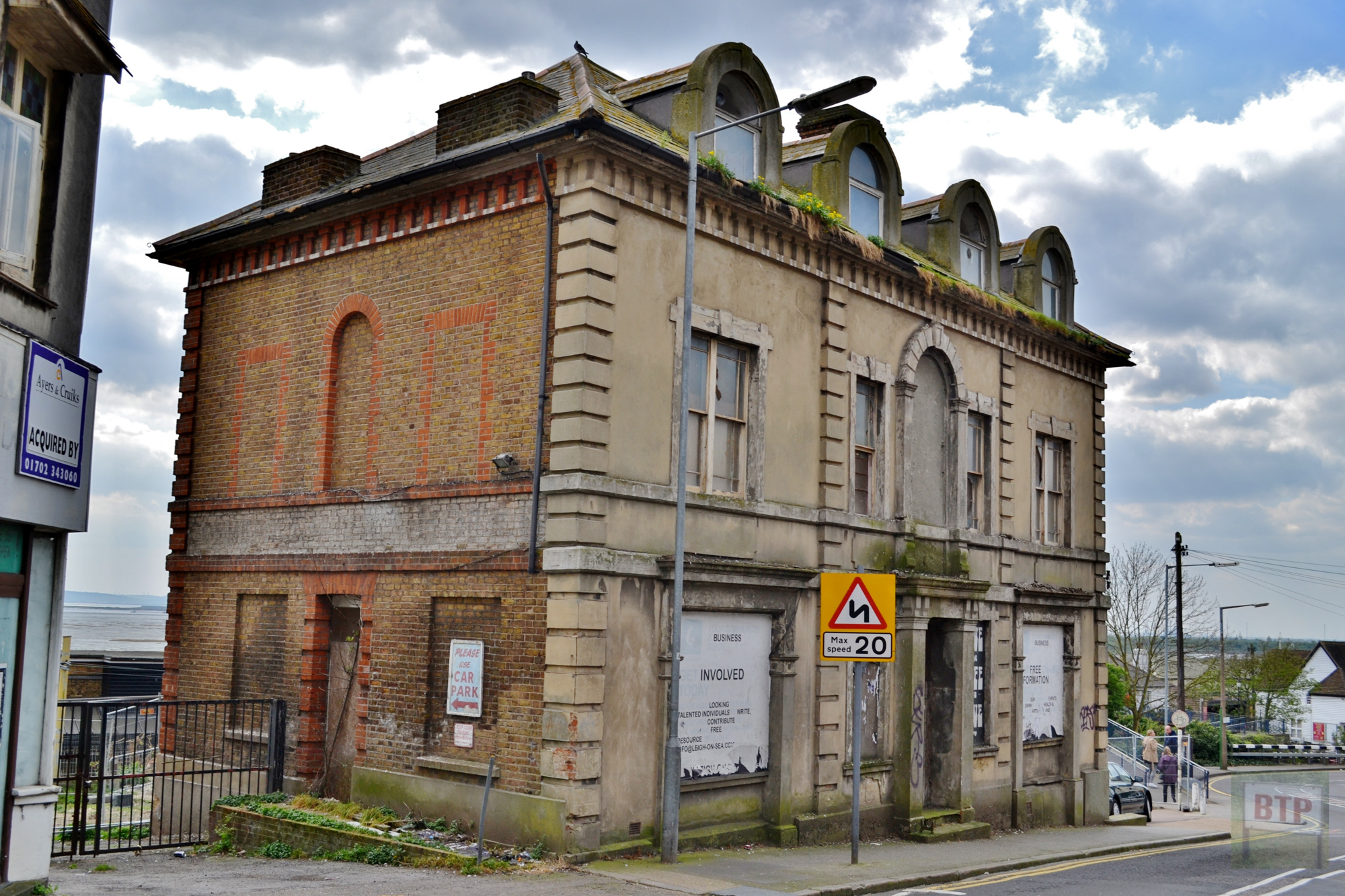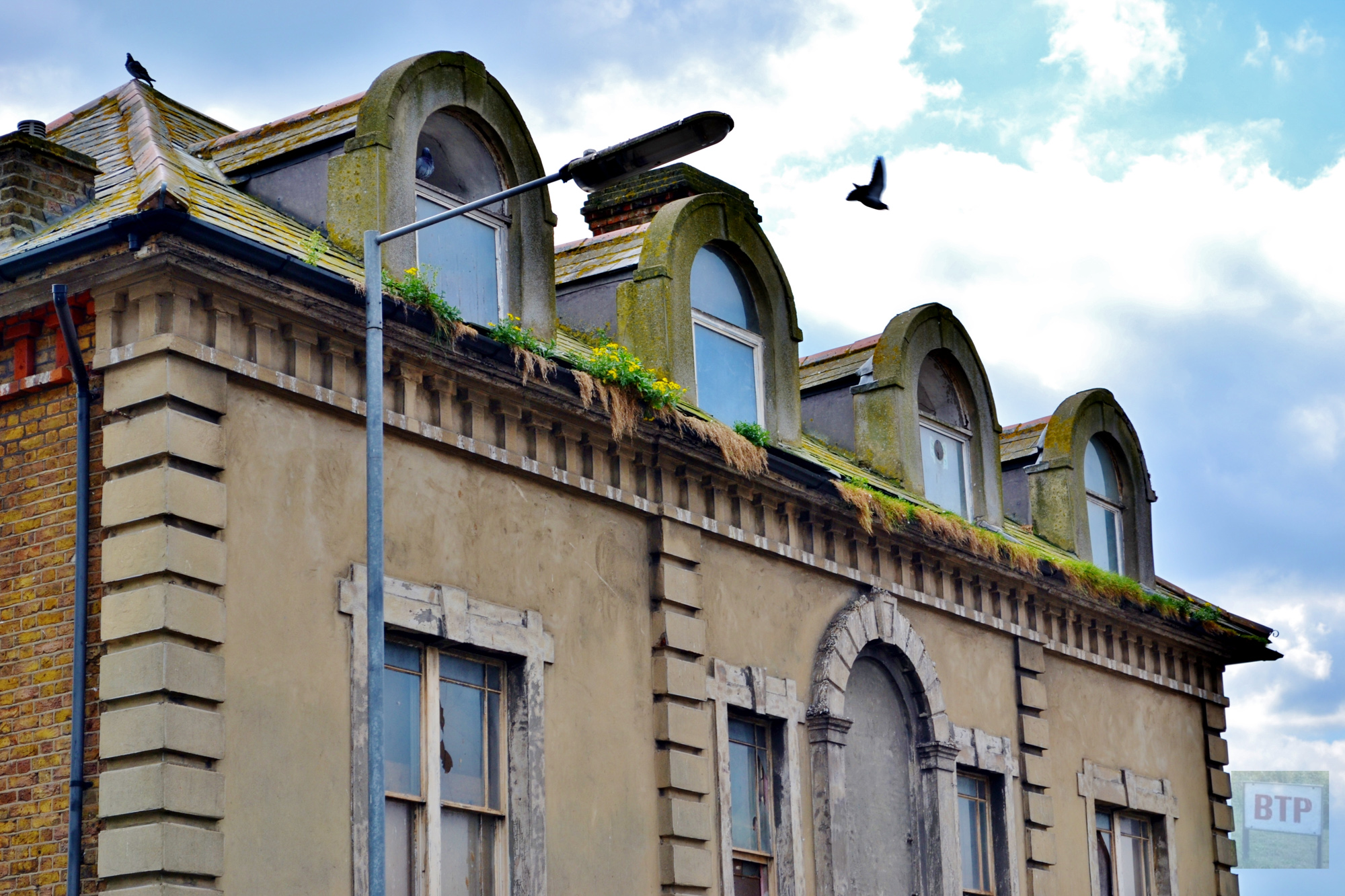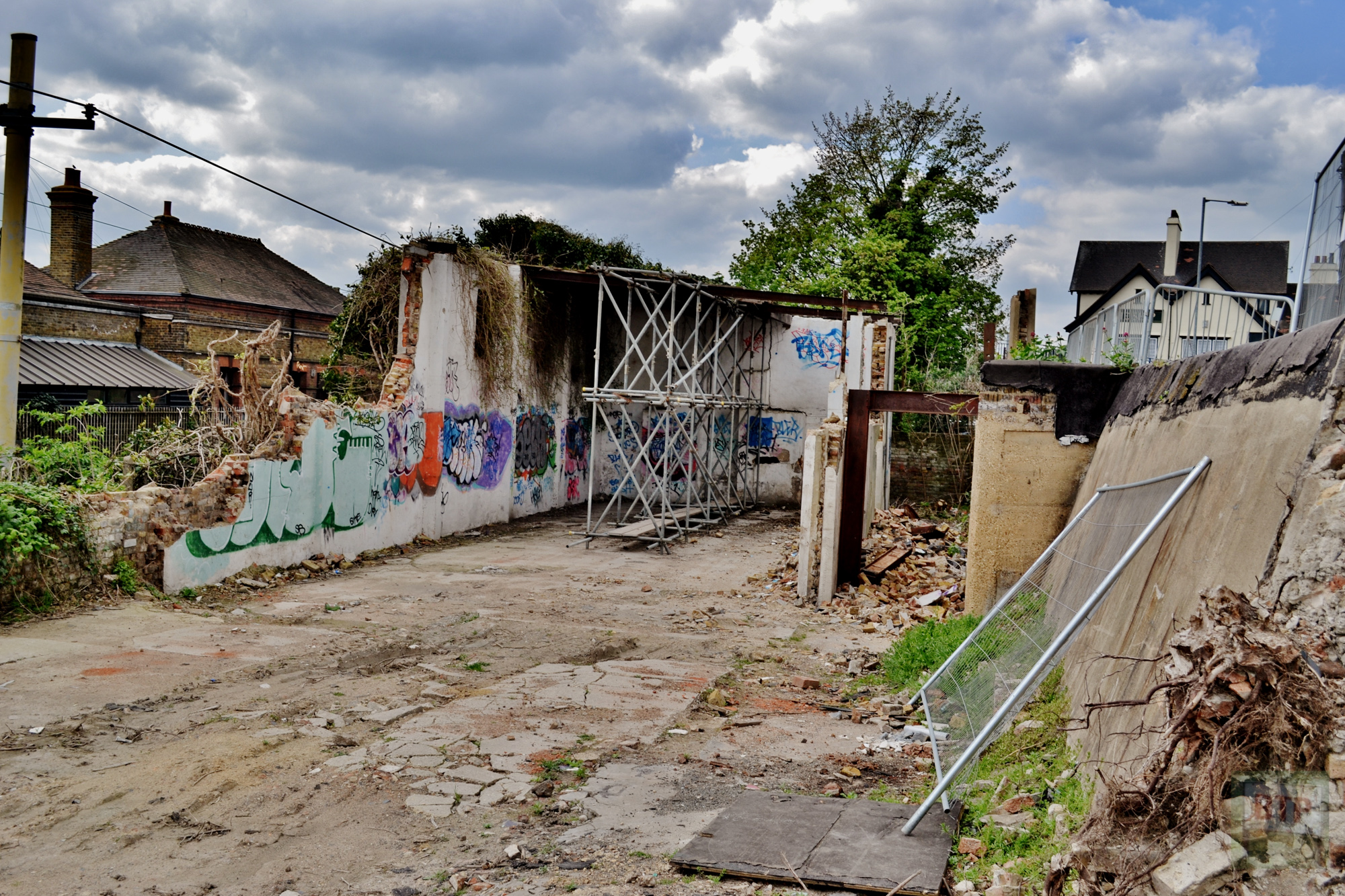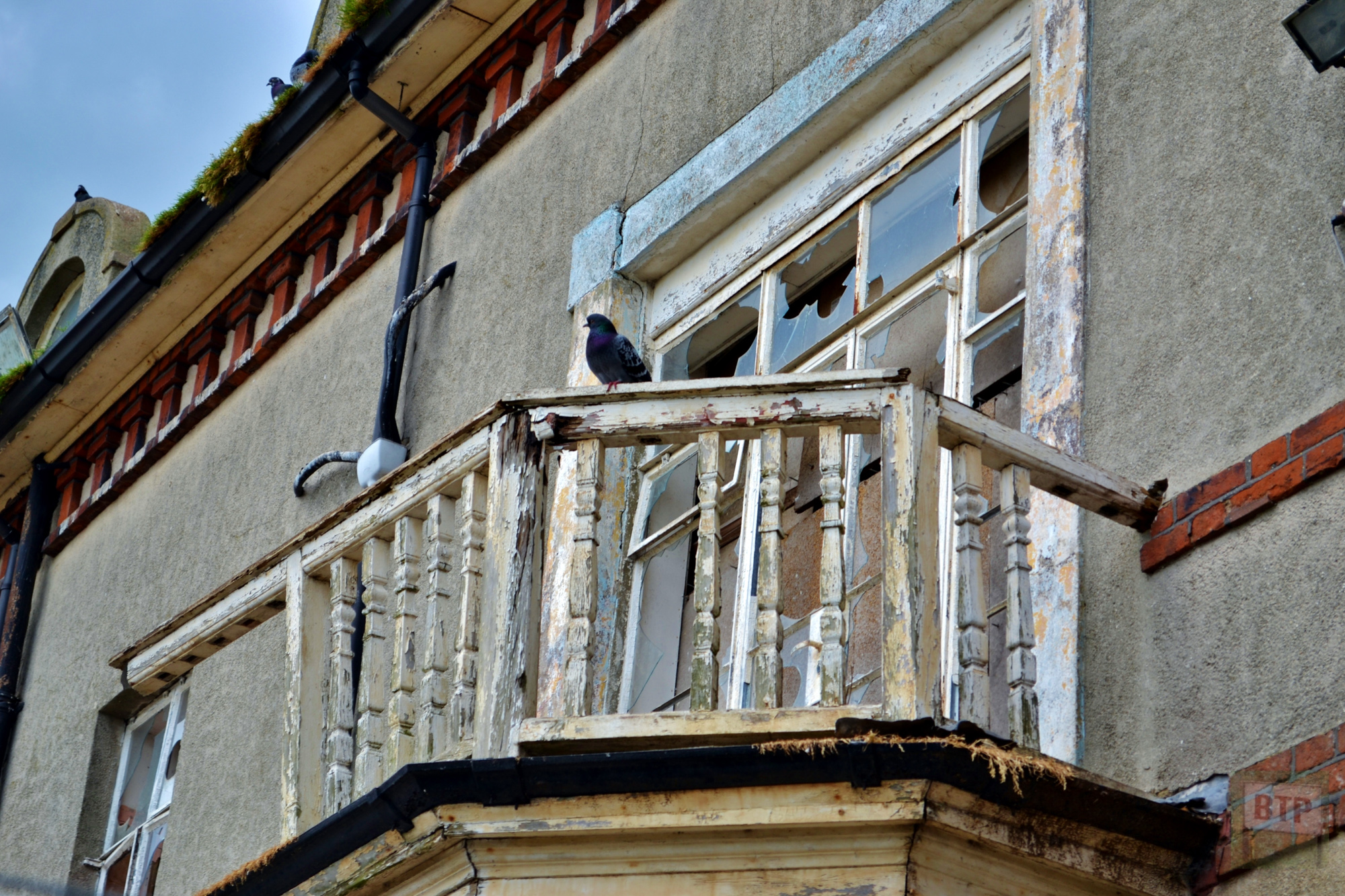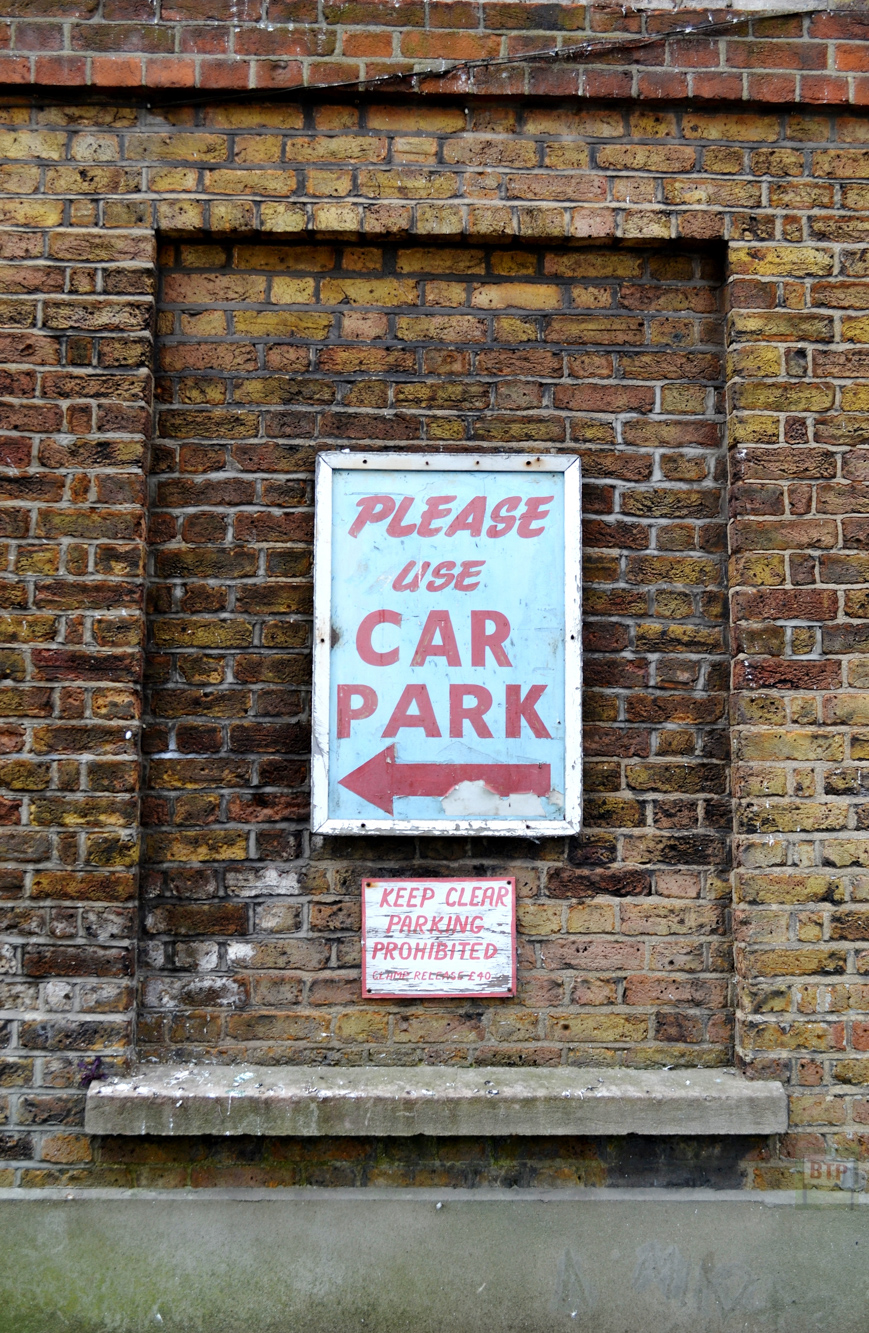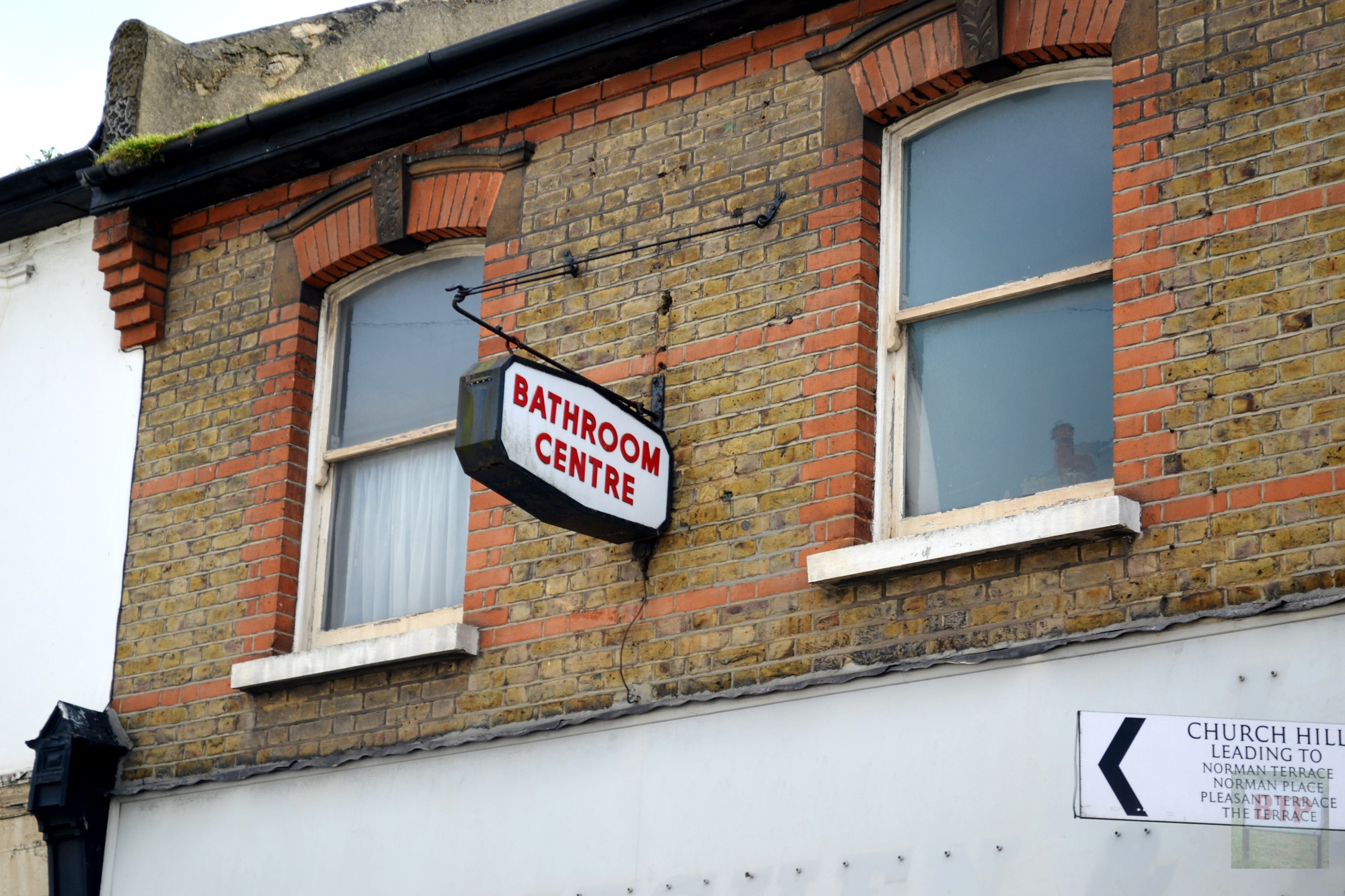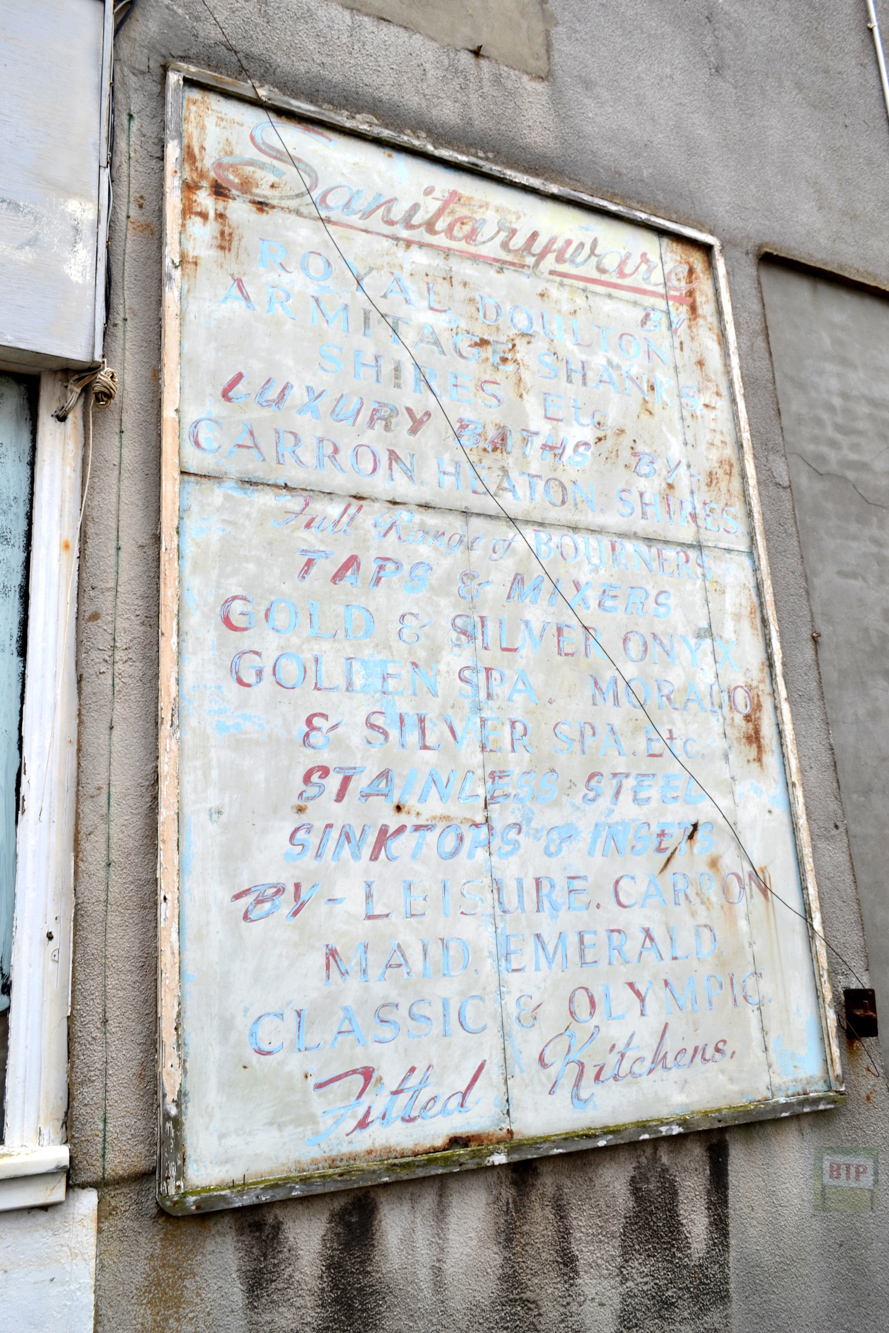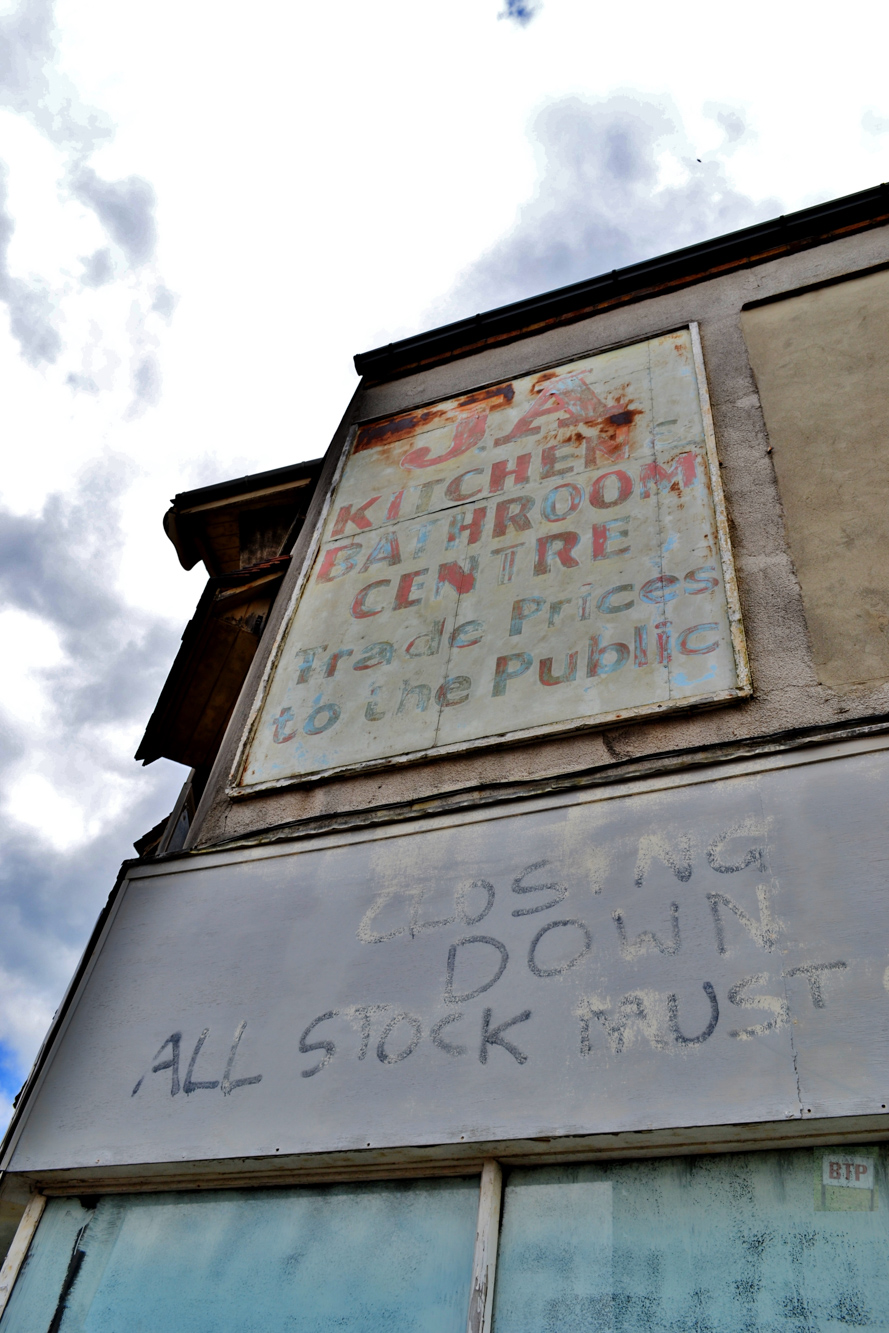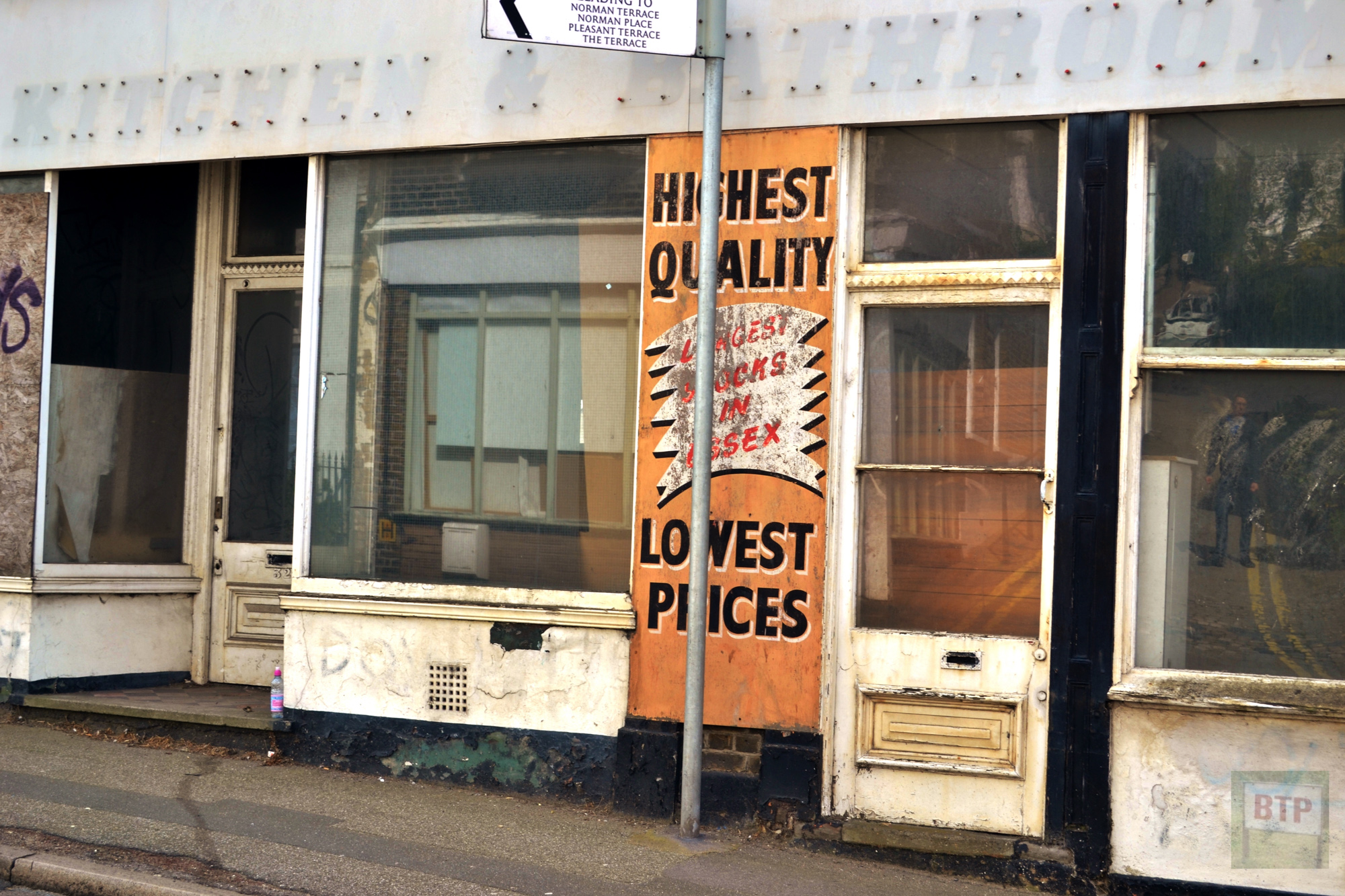The original Leigh settlement was the riverside ‘old town’ which appeared in the Middle Ages. Its narrow cobbled pre-motorcar streets and confined below-mainland position mean the town has since sprung up north of Old Leigh; up on the hill. This means that Old Leigh is a town which isn’t dissimilar to how it might’ve appeared in the Victorian era because its streets and buildings have not generally been replaced or developed. It was situated along a major shipping route to London and coastal activities such as fishing and cockling remain a strong part of its traditional cultural identity. This association peaked in the 16th Century when it became somewhat of a major port, but by the late 1800s the old town’s deepwater access became silted-up so this declined.
As old as the Medieval Era, the town hosted a market square and the original Leigh highstreet. In the mid 1800s much of the old town was demolished to make way for the railway line. in the Edwardian era Leigh Broadway up on the hill began to develop and hence the lower down antiquated town of Old Leigh lost precedence.
There are plenty of relics hidden throughout the town today, from cobbled paths to old buildings. There is even a heritage centre which contains a reconstruction of a 19th Century fisherman’s house for you to walk around.
Ruins up on the Hill – Bell Hotel & Shops
Whilst strictly not in Old Leigh, immediatley north ontop of the hill lies another old highstreet. It has been abandoned for many decades as of the early 2010s when these photos were taken – left like a ‘time capsule’ with post-war to late 20th century advertisments still hanging from the walls of the shops. The most prominent building here is the Bell Hotel which was demolished in the mid 2010s after these photos were taken, although the new building was built to a very similar shape. The buildings themselves seem to be late Victorian or Edwardian.

